Optimal Timing for Ditch Clearing
Ditch clearing is a vital maintenance activity that ensures proper water flow and prevents flooding. The optimal timing varies based on seasonal weather patterns, rainfall levels, and vegetation growth cycles. Performing ditch clearing during dry periods minimizes disruption and allows for thorough removal of debris, sediment, and overgrowth. Typically, late winter to early spring or late summer to early fall are considered ideal times, depending on regional climate conditions.
Spring and fall are preferred for ditch clearing due to moderate weather and manageable water levels.
Clearing before heavy rainy seasons reduces flood risk and prevents blockages caused by debris accumulation.
Timing ditch clearing when vegetation is less dense allows for easier removal and reduces regrowth speed.
Local weather patterns influence the best window for ditch maintenance, with some areas benefiting from year-round scheduling.

Heavy machinery used for efficient debris removal.

Workers removing sediment and vegetation from a ditch.
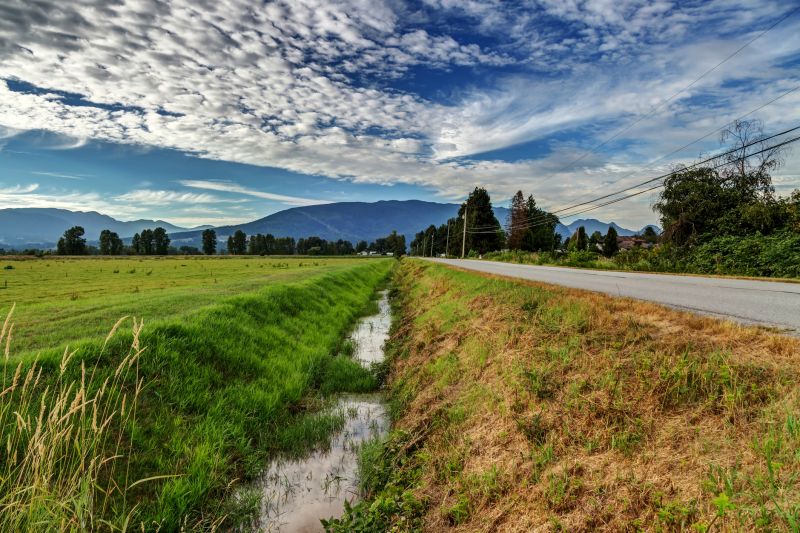
Comparison of a cleared ditch versus overgrown.
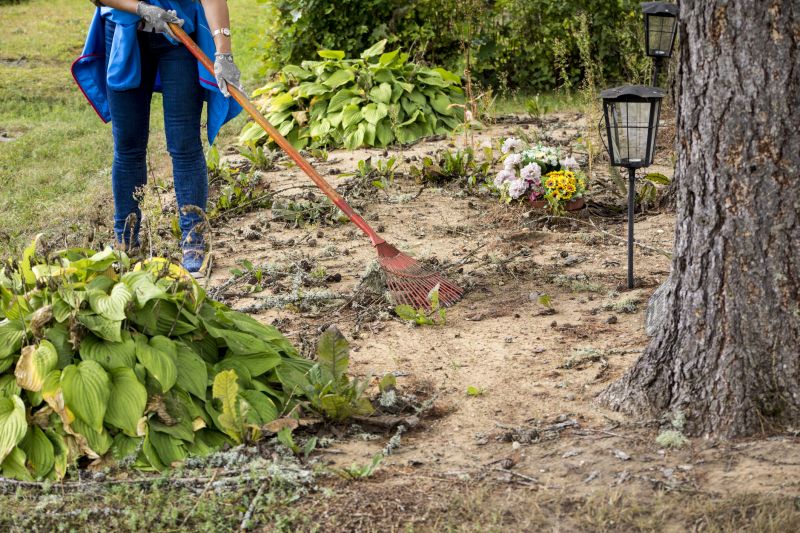
Ways to make Ditch Clearing Service work in tight or awkward layouts.

Popular materials for Ditch Clearing Service and why they hold up over time.
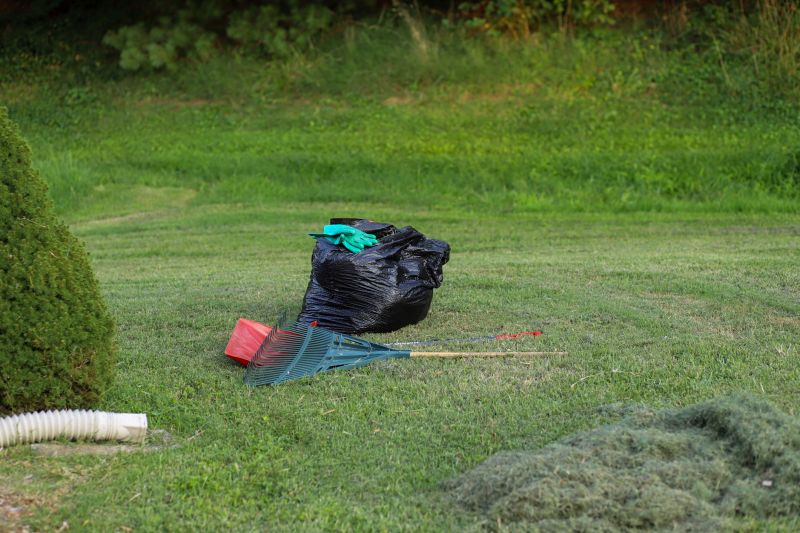
Simple add-ons that improve Ditch Clearing Service without blowing the budget.
Ditch clearing involves removing accumulated debris, sediment, and overgrown vegetation to maintain unobstructed water flow. Proper timing enhances the effectiveness of the service, reduces the risk of flooding, and minimizes environmental impact. Regular maintenance schedules tailored to regional weather patterns can prolong the lifespan of drainage systems and prevent costly damages caused by water backup.
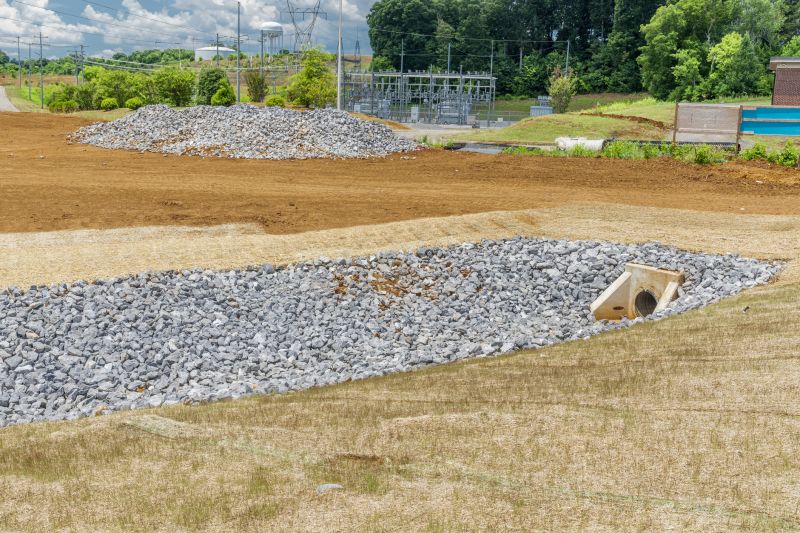
Removing sediment buildup from ditch beds.

Trimming overgrown plants along ditches.
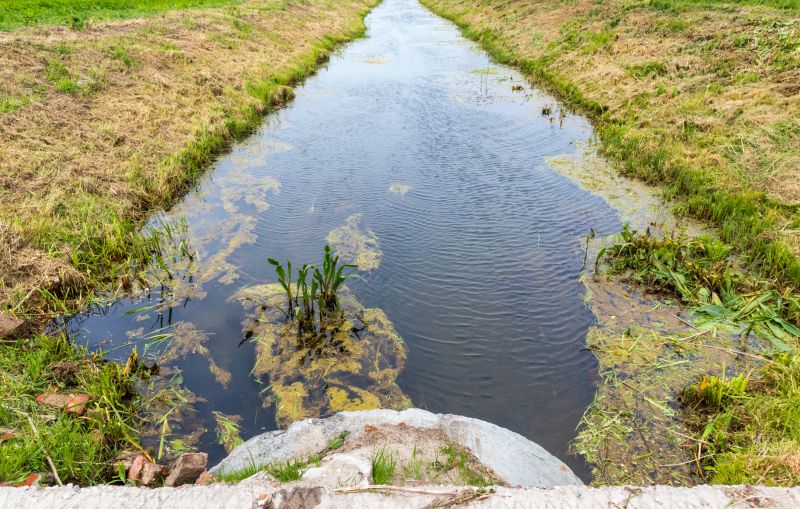
Properly maintained ditches reduce flood risk.
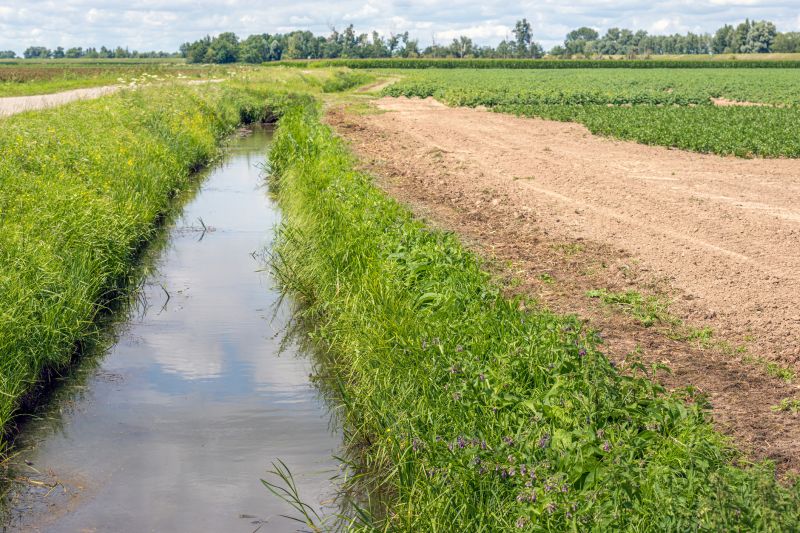
Ensuring water flows efficiently through drainage channels.
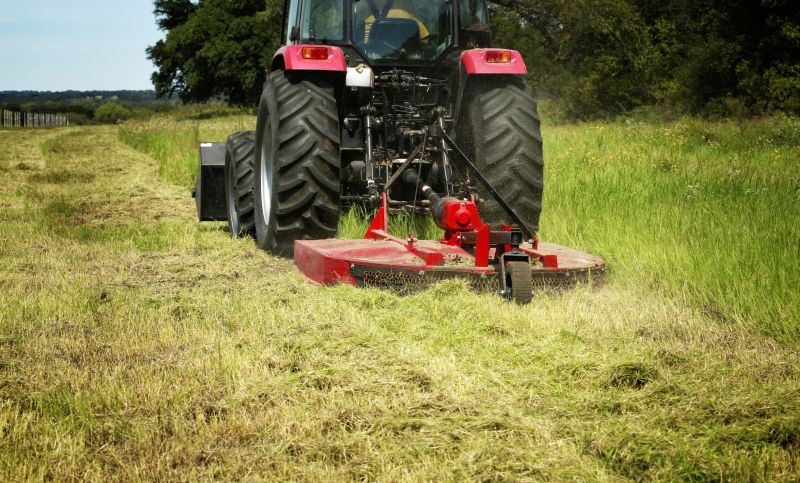
High-end options that actually feel worth it for Ditch Clearing Service.

Finishes and colors that play nicely with Ditch Clearing Service.

Little measurements that prevent headaches on Ditch Clearing Service day.

A 60-second routine that keeps Ditch Clearing Service looking new.

A frequent mistake in Ditch Clearing Service and how to dodge it.

Small tweaks to make Ditch Clearing Service safer and easier to use.

Lower-waste or water-saving choices for Ditch Clearing Service.
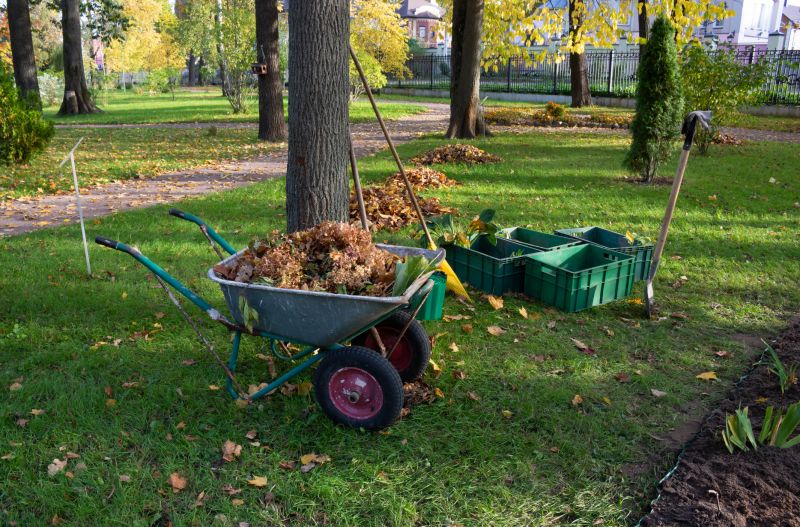
The short, realistic tool list for quality Ditch Clearing Service.
| Timing Factor | Best Practice |
|---|---|
| Season | Perform during late winter or early fall |
| Rainfall | Schedule before heavy rainy seasons |
| Vegetation | Clear when vegetation is less dense |
| Regional Climate | Adjust timing based on local weather patterns |
| Regulatory Guidelines | Follow local maintenance recommendations |
Choosing the right time for ditch clearing ensures optimal results and minimizes disruption. Properly timed maintenance helps prevent water backup, reduces erosion, and extends the lifespan of drainage infrastructure. Regular assessments and adherence to regional guidelines support effective management of drainage systems.
Interested in scheduling ditch clearing services? Fill out the contact form to receive more information and assistance with planning the best timing for maintenance activities.
